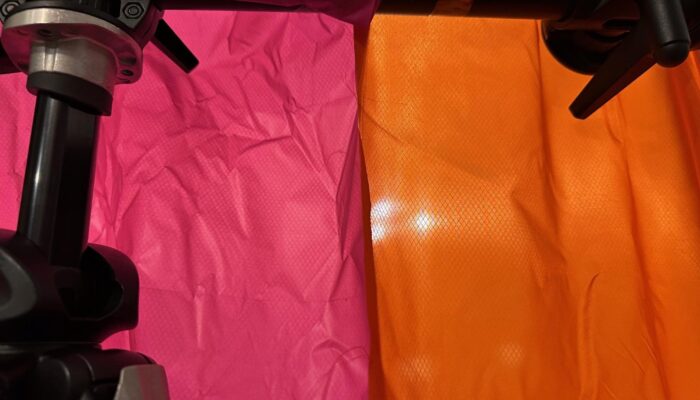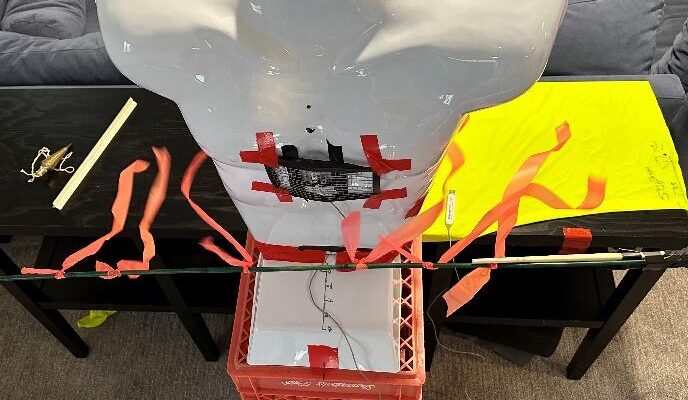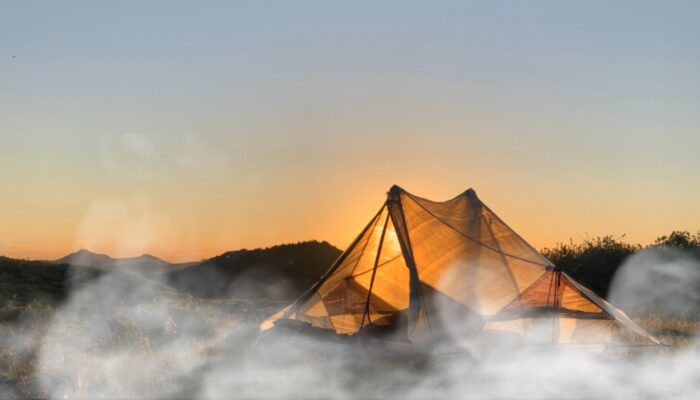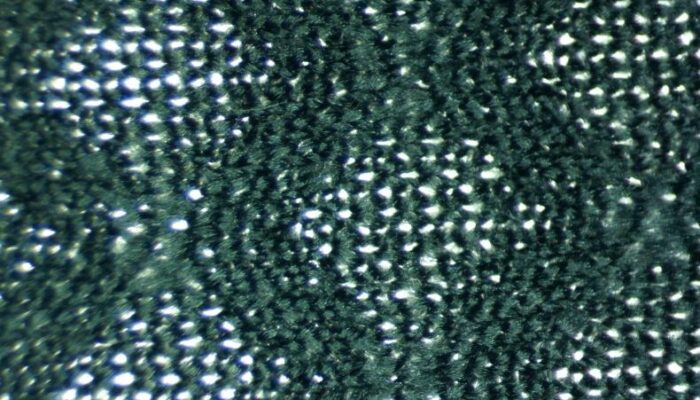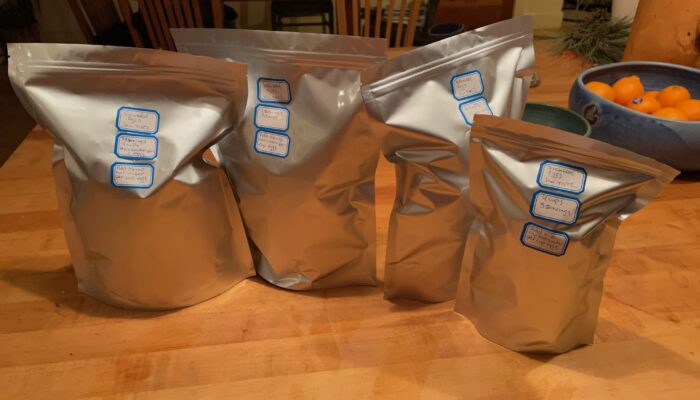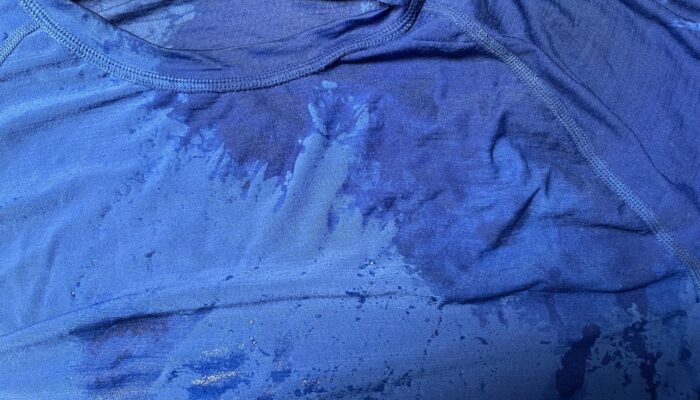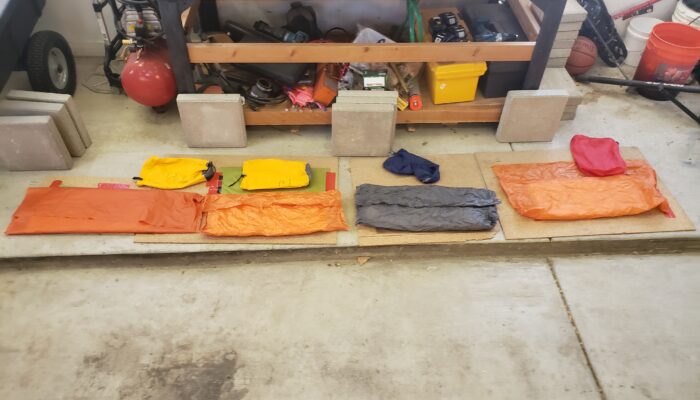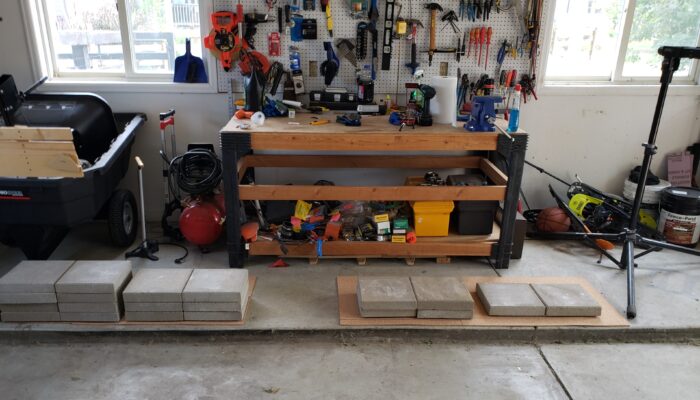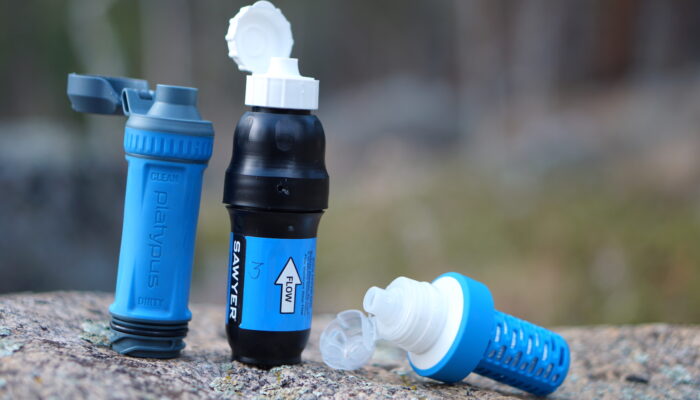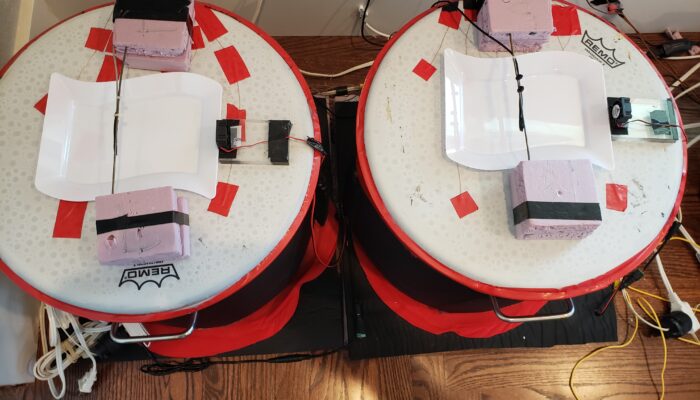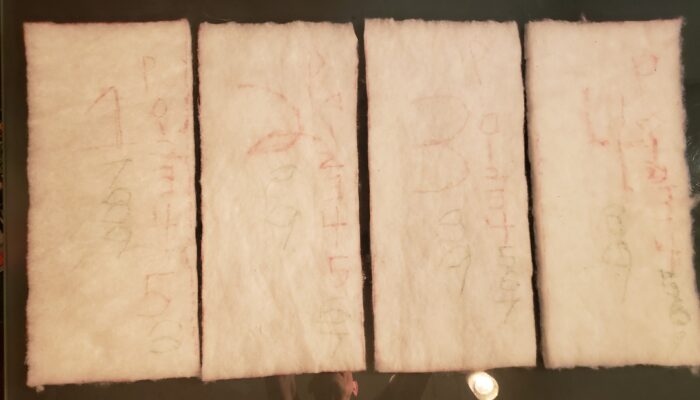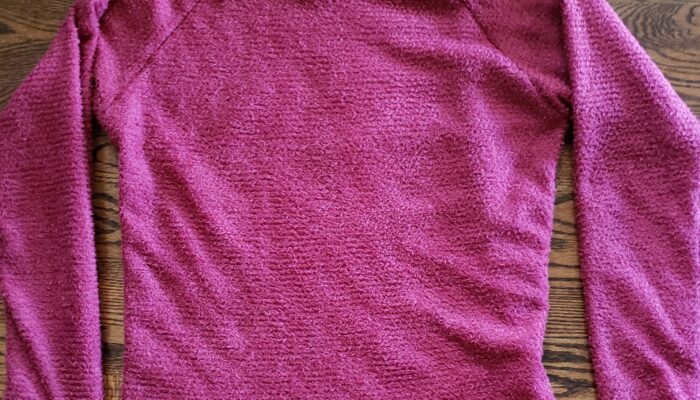Gear Testing & Research
- GEAR • Gear Reviews
- GEAR • Gear Guides
- GEAR • Gear Checklists
- GEAR • Make Your Own Gear
- GEAR • Gear Testing & Research
- SKILLS • Tips, Tricks, and Hacks
- SKILLS • Wilderness Skills
- SKILLS • Training
- SKILLS • Trip Planning
- SKILLS • Food Preparation
- PLACES • Trips
- PLACES • Routes
- CULTURE • Essays
- CULTURE • Stories
- CULTURE • Issues
- CULTURE • People
- CULTURE • News
- CULTURE • Media Reviews
- ARCHIVES (Before 30.Nov.2015)
- SEARCH LIBRARY
- TRAILHEADS
Latest
What Properties Influence the Air Permeability of Wind Shirt Fabrics?
The purpose of this report is to investigate the relationship between air permeability, fabric porosity, weave type, and yarn structure via photomicrography and image analysis. This is not an exhaustive research study, but rather, an exploration of some of the fabric design attributes that have an impact on air permeability rates.
By The Numbers Fabric Air Permeability and MVTR are Closely Related, Just Not How You Might Expect
This work explores the relationship between air permeability and MVTR in fabrics that do not include a waterproof membrane.
By The Numbers – How Much Wind Penetrates Your Air Permeable Outer Layer at Hiking and Running Speeds?
Stephen Seeber helps us answer the question, "do air-permeable garments allow a noticeable amount of ventilation while hiking or running?"
By the Numbers: The Myth of Air Permeability in Windshirts
If one of your objectives in selecting a windshirt is eliminating moisture vapor, your selection should rely more heavily on Moisture Vapor Transmission Rate (MVTR) than Air Permeability Measurements (APM / CFM).
Using vapor pressure differential to predict condensation in tents
How does vapor pressure differential influence condensation in tents?
By The Numbers: What’s the Best Base Layer Fabric? Wool vs. Alpaca vs. Polyester
In this paper, I subject base layers in various weights made from merino, merino blends, and alpaca to the suite of tests I have developed to evaluate base layer performance. I then compare the performance of these base layers with those of the polyester base layers I have recently reviewed. We also see if my preconceived notions about merino hold water. Finally, we will see how to choose the fiber for our base layers.
How to Store Freeze-dried Food
Best practices for storing your freeze-dried food (plus one killer chiles rellenos recipe).
By The Numbers: Patagonia Capilene Thermal Weight vs. Patagonia Capilene Midweight Performance Comparison
How does Patagonia Thermal Weight Capilene stack up against Midweight Capilene?
By The Numbers: Testing the Performance of Mountain Hardwear AirMesh Garments
Is Mountain Hardwear AirMesh a breakthrough product or a prisoner of wicking base-layer physics?
Why is my base layer soaked?
Sometimes a wet base layer just can't be avoided. Soaked-based layers happen. Here is why it will happen to you.
Sunscreen for Hiking and Backpacking: Efficacy, Ingredient Safety, and Best Practices
Dan Hu reviews current research regarding the safety and efficacy of sunscreen for hiking and backpacking, including ingredient efficacy, safety, and best practices for outdoor adventuring.
By the Numbers: Compression Resistance of PrimaLoft Gold vs. Climashield Apex (Part 4)
PrimaLoft Gold outperforms Climashield Apex as the more resilient (durable) insulation, capable of retaining more of its original warmth and loft in response to repeated compression.
Do moisture-wicking fabrics work?
Moisture-wicking fabrics (base layers and underwear) are designed to move sweat away from the skin. In this study, we test if Polartec and other base layer fabrics meet manufacturer claims.
BatteryBench: A Protocol for Testing Portable Battery Chargers and Electronic Devices for Backpacking
Rex Sanders runs through an extensive protocol for testing portable battery chargers and electronic devices.
Synthetic Insulation Degradation Part 2: Thermal Performance vs. Compression
How bad does high-loft synthetic insulation (Climashield Apex and Primaloft Gold) degrade when subjected to repeated compression cycles? What's the impact on backpacking gear and apparel?
How Effective are Backflushing and Storage Practices for Backcountry Squeeze Filters Using Hollow-Fiber Membrane Technology?
We provide data that evaluates backflushing and storage in maintaining flow rates of the Platypus Quickdraw, Sawyer Squeeze, and Katadyn Befree hollow-fiber membrane squeeze filters.
By the Numbers: the Search for a High-MVTR Waterproof Breathable Shell Jacket
A high MVTR waterproof-breathable shell jacket may be the holy grail that can replace both a wind shirt and a rain jacket. Do they exist, and where do we find them?
By the Numbers: Crushing It – How Bad is Thermal Degradation in Synthetic Insulation?
In part two of this investigation, we see what happens when you crush insulation beneath a stack of concrete pavers - again and again.
The Search for a Fleece Replacement – A Close Look at Active Insulation and the role of MVTR
What is MVTR's role in active insulation garments?
Simple Gear Tests and USB Recharging
In his new column, Simple Gear Tests, Backpacking Light author Rex Sanders provides suggestions for at-home gear tests you can do with minimal time and expense. First up - a plan for verifying the capacity of your USB-rechargeable devices.


